Table of contents
- BMW S 1000 RR in PS tune-up Tuning measures for models up to 2016
- Series spread
- Brake discs and pads
- Brake pumps
- Racing fairings
- Exhaust
- Complete racing systems
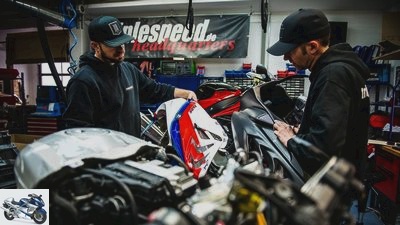
Andreas Feulner
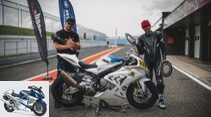


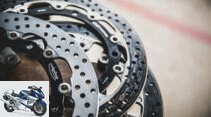
36 pictures
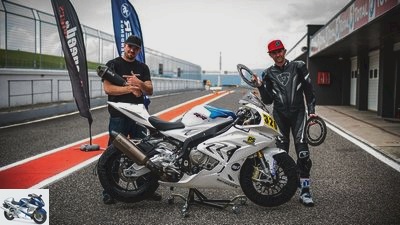
Andreas Feulner
1/36
Tuning measures for BMW S 1000 RR models up to 2016.
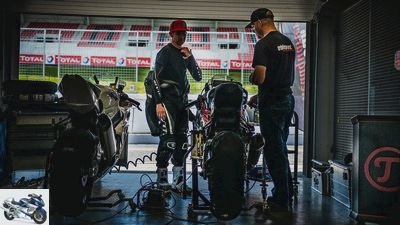
Andreas Feulner
2/36
Tuning measures for BMW S 1000 RR models up to 2016.

Andreas Feulner
3/36
Tuning measures for BMW S 1000 RR models up to 2016.
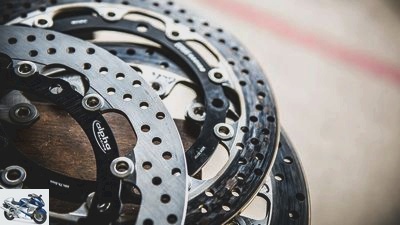
Andreas Feulner
4/36
Tuning measures for BMW S 1000 RR models up to 2016.

Andreas Feulner
5/36
Tuning measures for BMW S 1000 RR models up to 2016.
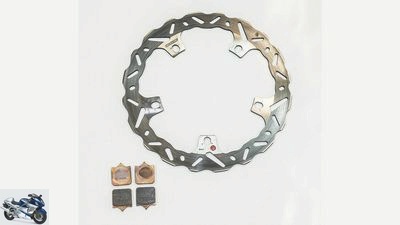
Andreas Feulner
6/36
Tuning measures for BMW S 1000 RR models up to 2016.
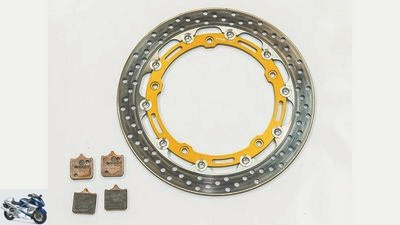
Andreas Feulner
7/36
Tuning measures for BMW S 1000 RR models up to 2016.
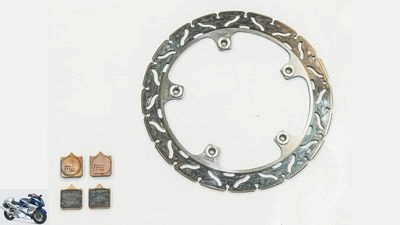
Andreas Feulner
8/36
Tuning measures for BMW S 1000 RR models up to 2016.
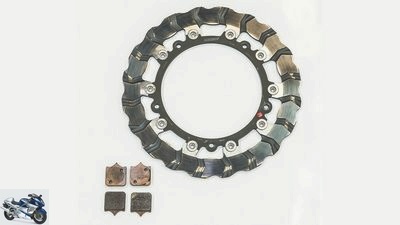
Andreas Feulner
9/36
Tuning measures for BMW S 1000 RR models up to 2016.
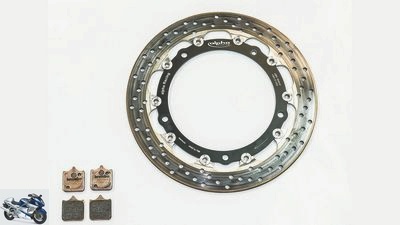
Andreas Feulner
10/36
Tuning measures for BMW S 1000 RR models up to 2016.
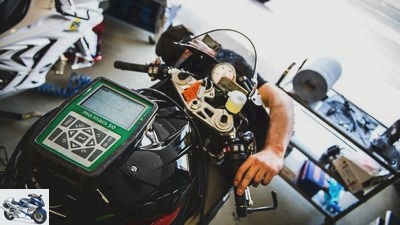
Andreas Feulner
11/36
Tuning measures for BMW S 1000 RR models up to 2016.

Andreas Feulner
12/36
Tuning measures for BMW S 1000 RR models up to 2016.
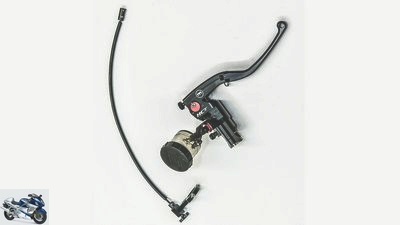
Andreas Feulner
13/36
Tuning measures for BMW S 1000 RR models up to 2016.
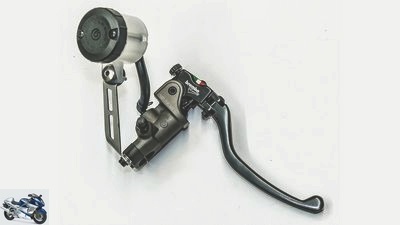
Andreas Feulner
14/36
Tuning measures for BMW S 1000 RR models up to 2016.

Andreas Feulner
15/36
Tuning measures for BMW S 1000 RR models up to 2016.
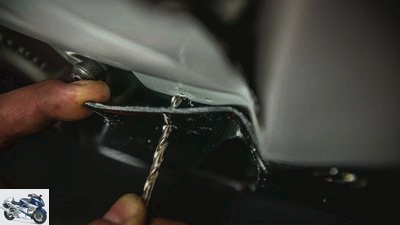
Andreas Feulner
16/36
Tuning measures for BMW S 1000 RR models up to 2016.
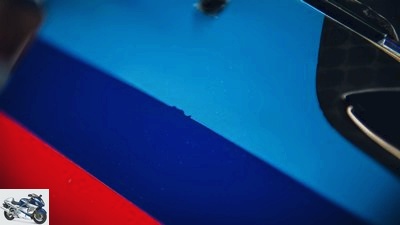
Andreas Feulner
17/36
Tuning measures for BMW S 1000 RR models up to 2016.
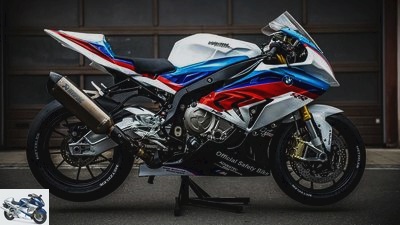
Andreas Feulner
18/36
Tuning measures for BMW S 1000 RR models up to 2016.

Andreas Feulner
19/36
Tuning measures for BMW S 1000 RR models up to 2016.
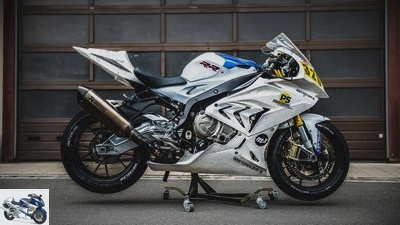
Andreas Feulner
20/36
Tuning measures for BMW S 1000 RR models up to 2016.
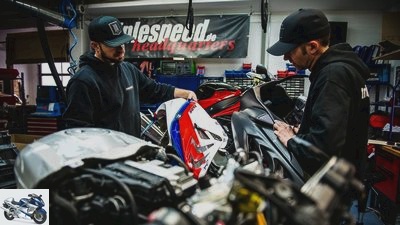
Andreas Feulner
21/36
Tuning measures for BMW S 1000 RR models up to 2016.
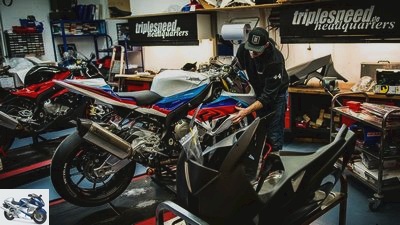
Andreas Feulner
22/36
Tuning measures for BMW S 1000 RR models up to 2016.
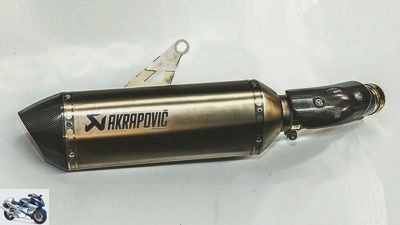
Andreas Feulner
23/36
Tuning measures for BMW S 1000 RR models up to 2016.
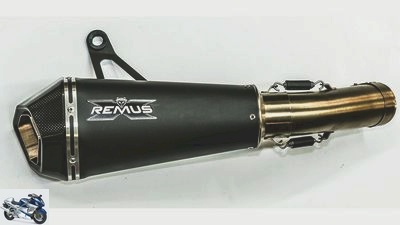
Andreas Feulner
24/36
Tuning measures for BMW S 1000 RR models up to 2016.
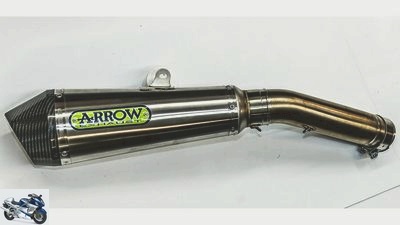
Andreas Feulner
25/36
Tuning measures for BMW S 1000 RR models up to 2016.
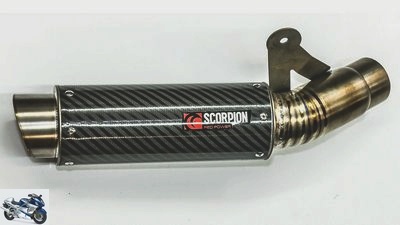
Andreas Feulner
26/36
Tuning measures for BMW S 1000 RR models up to 2016.
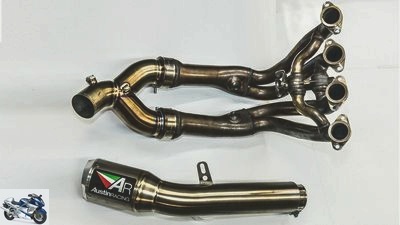
Andreas Feulner
27/36
Tuning measures for BMW S 1000 RR models up to 2016.
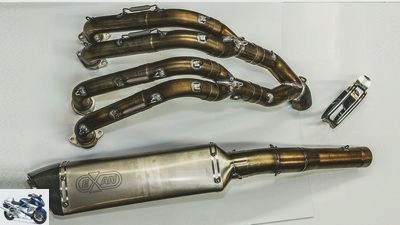
Andreas Feulner
28/36
Tuning measures for BMW S 1000 RR models up to 2016.
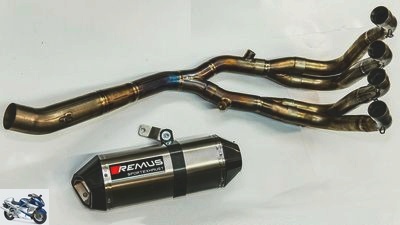
Andreas Feulner
29/36
Tuning measures for BMW S 1000 RR models up to 2016.
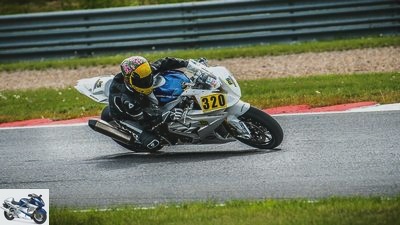
Andreas Feulner
30/36
Tuning measures for BMW S 1000 RR models up to 2016.
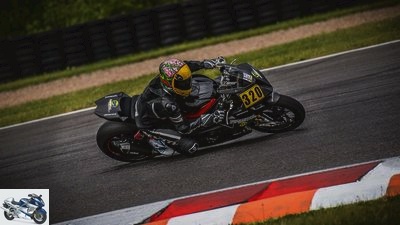
Andreas Feulner
31/36
Tuning measures for BMW S 1000 RR models up to 2016.
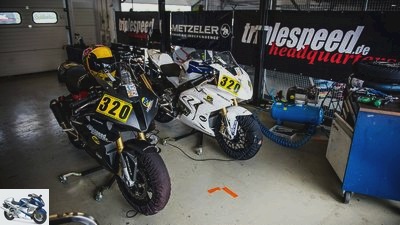
Andreas Feulner
32/36
Tuning measures for BMW S 1000 RR models up to 2016.

Andreas Feulner
33/36
Tuning measures for BMW S 1000 RR models up to 2016.
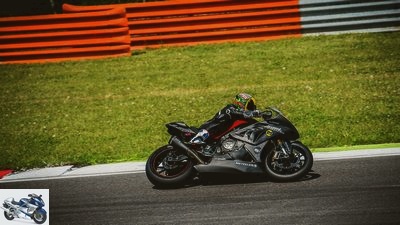
Andreas Feulner
34/36
Tuning measures for BMW S 1000 RR models up to 2016.

Andreas Feulner
35/36
Tuning measures for BMW S 1000 RR models up to 2016.
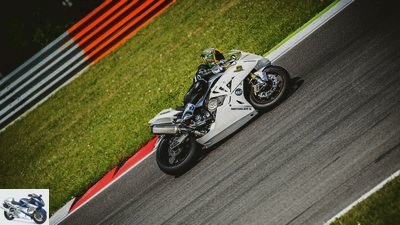
Andreas Feulner
36/36
Tuning measures for BMW S 1000 RR models up to 2016.
counselor
workshop
BMW S 1000 RR Tuning PS-Tune-Up
BMW S 1000 RR in PS tune-up
Tuning measures for models up to 2016
Content of
The BMW S 1000 RR is without a doubt a formidable series superbike. There are, however, many reasons for rebuilding and improvements. We have made the most important ones for the models up to 2016 in the extensive PS TuneUp.
Jens Hebisch
06/14/2017
For eight years now, it has been dividing hyperspace and is still one of the most popular weapons for track use – whether by amateur racers or ambitious title contenders. The BMW S 1000 RR stands for “put it on, light it up, be quick” and still has potential for optimization – at the top of our TuneUp list: the brake.
Buy complete article

BMW S 1000 RR in PS tune-up
Tuning measures for models up to 2016
10 pages) as PDF
€ 2.00
Buy now
Series spread
Put the hot tar and the sack of feathers aside. We’re not saying that the brakes on the BMW S 1000 RR are bad. But compared to the rest of the bike, the series material leaves a tenth or two behind. And while some are still heating up the tar barrel, others lower their heads and agree with us. Because the performance of the anchor, which is in need of improvement, seems to have been spread over the series. We are “lucky” with our two 2016 test copies that were kindly sent to us by the Auer Biker Village (www.auer-gruppe.de) were made available to be able to experience precisely this tolerable circumstance first hand. In a direct comparison, it is noticeable that one bike has a reasonable pressure point – for complete series production – while the other rather conveys the feeling of “grabbing the dough”. The two brake systems also degrade at different rates, and so after a few courageous laps in the saddle of the problem child with the brake lever pulled, we find ourselves completely on the handlebar.
“Air in the system” is obvious, the system is first vented. In order to be absolutely sure that there are no more annoying air inclusions, the ABS modulator must be activated manually. A work step that is only possible with the appropriate hardware and software. The Hella Gutmann company provides us with their MoMacs 50 for this purpose, with which we can also work directly on site in the paddock.
The pressure point improves, but is still not on a par with that of the sister bike. We therefore decide to swap the pumps for a test and lo and behold, the problem is solved. So there actually seems to be a series spread with this component of the BMW S 1000 RR. But before those affected run off and test their way through the spare parts store at their BMW branch, we recommend that you think about investing in an accessory pump. With the right choice of weapon, it offers significantly more performance. We took a closer look at three high-end components, but more on that later. First of all, we sharpen the series system with discs and pads from the accessories.
Brake discs and pads
First, we test two street-legal combinations as serial replacements (with ABE); the flashy braking wave disks with the corresponding CM55 sintered metal coverings as well as the wave disks with brand new sinter coverings from TRW. These pads will only be coming onto the market shortly and, in addition to providing top road performance, should also be used for the occasional ride over the track. And in fact, the TRW engineers haven’t promised too much. The package works damn well for road material and not only tops the original equipment (OEM), but also offers a little more delay and stability compared to the braking combo, which can also be easily preferred to the OEM. In terms of price, both packages are also cheaper than the original parts for the BMW S 1000 RR.
If you want to attack the lap time regularly or even exclusively, you should use racing equipment. Here we have four combos in the fight against physics. TRW and Braking are back at the start. TRW is again arming itself with its brand new Street / Race surfaces, but is taking the in-house and non-StVO-compliant racing disc under heavy fire. The pressure point, deceleration values and stability are already well above the road material, and the price is also right.
But it can be even sharper, and that’s what the Braking Package shows us, consisting of the martial-looking Batwave disc and the Full Racing pads. The brake remains even more stable and even after hard turns, it slackens less than before TRW. The pressure point, however, is a little “undefined”. It is also noticeable that if the pads are only lightly applied or when correcting on the brakes – for example, when you notice that there is actually still air out at the back and you loosen the bite into the disc a little bit to medium chattering (vibrating) the fork comes up. Not dramatic, but not optimal either.
How this can be done even better is shown by the fat racing discs from Brembo (street legal) in connection with the M4 racing brake pads (no street legal) that were even used in the Superbike World Championship and have almost achieved cult status. The brake gives only a little, offers a good pressure point and martial deceleration, as if you had hooked a Tomcat in the safety cable of an aircraft carrier. The material actually plays in a different league again, but participation in the “Champions League” costs 229 euros for ONE set of rubbers – really painful! Anyone who works on hundredths will be fine if one pokes the corner with the BMW S 1000 RR in a targeted, safe manner and on the last groove.
Can things get any better? The inclined late brake asks himself and gets to hear a “yes” from the Alpha Racing corner. And indeed, the racing discs from Stephanskirchen add one more – even if only minimally. Since the in-house racing pads were unfortunately not available to us for the test, we tested ourselves through the existing range of the competition and came to two important findings. First: With fat racing discs like these from Alpha Racing, Brembo or the TRW, you should make sure that the pads are not too thick, because otherwise the front wheel will become stiff when it expands due to the development of heat (despite the brake piston pushed back completely in the saddle) – for example in connection with the rather thick braking racing pads. Second insight: Here, too, it is the expensive Brembo M4 pads that keep eyeballs slapping against the inner visor disk; in connection with the Alpha Racing discs just a little more violent. Our wafer-thin test winner.
Brake pumps
We come to the already mentioned high-end brake pumps from the accessories, which we not only recommend to everyone whose series pump is weak, but should also be interesting for those who really want to increase the performance of their BMW S 1000 RR.
If you want to continue igniting your BMW S 1000 RR over public asphalt, then only the Magura or Brembo pumps are suitable. The braking part does not receive any papers for registration and is therefore “for race use only”. All three pumps are made of the finest aluminum and have a folding lever mechanism just in case. The lever of the Braking Cam Control pump can be adjusted in length, while Magura and Brembo can order a short lever if you want to change something. Magura also supplied us with a remote adjuster, which worked well, but is primarily something for hardcore racers or long-distance detonators. Brembo recently started offering the RCS19 as a Corsa Corta variant, in which the brake lever free travel can be adjusted – PS tester Volkmar Jacob already examined the part for the last issue and was unable to determine any significant advantage.
Magura and Brembo also offer the option of adjusting the force-travel ratio; more lever travel with less manual force or less travel with increased effort. Everything is fine, everything is good, but in the end all of this changes little in terms of the actual performance of the pump – good remains good and better … is just better.
In terms of stability and controllability, all three precious parts work at a very high level. In a direct comparison, however, the Magura HC3 in the brand new “Black edition” variant is a little behind. Its performance is well above the standard part, but the definition of the pressure point is not quite as clear as when reaching into the Brembo RCS19 and therefore does not allow the same precision when throwing the anchor.
And the Braking Cam Control? It meets the Brembo at eye level, and thanks to its minimally more direct and sensitive actuation – probably a result of the patented Cam Control design, whereby the pressure from the lever on the piston is always at the optimal 90-degree angle – it is our winner on the track. Due to the lack of approval for the road, the Brembo RCS19 is our favorite here. The subject is, however, to be assessed somewhat subjective, because there are some racers who prefer a less direct pressure point when braking heavily; for them the Magura could be a hit.
At the end of the two-day track test (thanks to Bike Promotion and Triple M race training for this opportunity) on the extremely selective and also with hard braking points provided slope of Most, we treat ourselves to a final turn with our ultimate dream combo: Alpha Racing brake discs, Brembo M4 pads and Braking Cam Control – holy crab, braking can be so much fun and at the latest now you realize that lap times are not only reduced by more propulsion, but above all by targeted and martial deceleration.
At this point, a preferred “nice to have” or rather a “must have” for all racers: the brake lever protection. The part installed by Rizoma in our case, on the other hand, does not serve as a fall protection, but is intended to prevent someone else touching the brake lever – for example at a race start, but also in a normal training session a lot of “body closeness” with other participants. Makes sense!
Racing fairings
Anyone who goes out on the track with their BMW S 1000 RR often or wants to convert their seats into a permanent racer will not be able to avoid purchasing a suitable “racing plastic”. Since the market has so much to offer here, we have put three fundamentally different parts under the microscope for you. On the one hand there is the beautiful and extravagantly drawn carbon dress “Stealth Beamer” from Racefoxx, the GRP cladding from Motorrad Stecki, which has already been painted by the factory driver, and solid GRP material from Sebimoto.
Based on our rating table, it quickly becomes clear that there are significant differences in terms of workmanship, fit and co. Nevertheless, we do not want to destroy anyone’s dream of a fully carbonized projector or the Superbike World Cup look, but you should be aware in advance that plug-and-play is hardly available in this area and that it may also require a little more installation effort.
The Stealth Beamer fairing from Racefoxx, for example, was not specially developed for the 2015/2016 BMW S 1000 RR and therefore requires various adjustments to screw holes, spacers and transitions. It is a shame at this point that Racefoxx does not include assembly instructions for your elegant dress, because these could certainly help. “Oh well, this is what it looks like when you have installed the part correctly,” an enthusiastic carbon youth approaches us in the pit lane in Most and continues: “I flexed half the chisel tip so that the wheel wouldn’t hit. But otherwise I’m happy. ”And it can be too, because when the Stealth Beamer stands there in full glory or ignites, the feel and stability of the entire work are convincing – even beyond the sound barrier, nothing wobbles or rattles.
Even the at first glance “smart” racing outfit for the BMW S 1000 RR from Motorrad Stecki demands a lot of suffering and a well-stocked tool box including a cordless screwdriver to handle the assembly. In contrast to Racefoxx, the quality of the material, which is disappointing on closer inspection, is added here. The additional fabric used to reinforce the breakpoints is partially detached from the rest of the cladding, and the paintwork doesn’t look so much like a “World Championship” from close up.
If we can still look past the texture of the war paint, this is difficult for us with the quality of workmanship. Motorrad Stecki refers to its premium fairings, which cost 200 euros more, but would also be much better made. A lacquered Premium was not available to us for testing, but we have already installed such plastics from Stecki for other models in the past and can therefore only advise: if you want a race-ready lacquered superbike dress, then only on the basis of the Premium cladding.
No fancy thing, no bling bling, but solid and solid racer food gets everyone who opts for the GRP cladding from Sebimoto. The best fit in comparison, clean workmanship, the only one provided with assembly instructions and the whole thing at a fair price. In addition, for a manageable surcharge you can even order the parts in solid-colored GRP, which certainly does not look like a sensible paint job, but could be interesting for those who want to add a “stickerbomb” or a decal kit to their bike anyway.
And here is another important piece of information: Material reports are also available on request, with which you can enter the parts and use them as a replacement for the extremely expensive original fairing. For a surcharge and sending in your own headlight, you can even cut out the lighting system.
Exhaust
No PS TuneUp without attacking the number one tuning construction site – the exhaust. If we thought beforehand that there would have to be an almost endless selection of fanfares (especially street legal) for a top seller like the BMW S 1000 RR, we were taught otherwise. Many manufacturers simply skipped the 2015/2016 model year after BMW changed the design of the exhaust system for these models, and said to themselves: “We will then go back to the 2017 model and Euro 4.” Or they want to join the PS Do not even make a comparison.
However, you can rely on the top dogs, and so Akrapovic, Remus and Arrow deliver street legal. All three slip-ons with EC type approval are close to the series in terms of performance. Since the three brands leave little to be desired in terms of workmanship and fit, the BMW S 1000 RR rider can make a decision based entirely on style and / or budget. Our personal favorite – completely subjective and without influence on the rating – is the sinister, hexagonally shaped Remus, whose snotty sound purely acoustically drives at least 20 extra horses through the combustion chambers without becoming rowdy. Akra holds back with a fine sound à la understatement – quite in keeping with the BMW image. And Arrow’s sound is somewhere in between; not quite as snotty as the Austrian component, but more scratchy and intense than the Akra pitch.
The slim, filigree shape of the Arrow definitely turns it on and will find its fans. The agony of choice – here you go, here you have it. Let’s get to the one and a half slip-ons that are not street legal. “One and a half” because the extravagantly drawn, spotlessly processed and thoroughly brushed for (sound) riotous Austin slip-on requires a cut of the original manifold and is therefore no longer considered to be slip-on in our opinion. Designation or not, if you want a martial and cat-free sound – because the exhaust-gas-cleaning part falls victim to circumcision – the Austin is exactly right. The performance data is also correct here, but you should be aware that in addition to the noise regulations that are already usually strict in Germany, the volume control of the racetracks is also being turned more and more in other European countries.
In addition to the English noble iron, the Scorpion RP1-GP faces the track-slip-on comparison and convinces with good performance data, the lowest weight and a fair price.
Complete racing systems
Last but not least, the full roar, i.e. the complete racing systems for the BMW S 1000 RR. Here we have the complete titanium braid from Remus as well as the system, also made of the light metal, of the rather unknown Italian Exan manufacture in the sales department of BOS Auspuff GmbH. They too have to be tested on the Micron Systems dynamometer in Furth (www.micronsystems.de) deliver under the expert eyes of Armand Mottier and are also at series level. “Just a series?” One or the other might ask. You have to know that an increase in performance through the installation of a complete system always includes an adaptation of the mapping. In addition, both plants kill huge pounds. The entire series weighs just under ten kilos, whereas Remus and Exan’s needle only hits the four kilogram mark.
When it comes to pricing, the two systems then differ significantly. This is then mainly reflected in the fit. While with Remus everything fits like one piece, the Exan is difficult to assemble and, above all, not tension-free. We cannot shortly determine whether this has an impact on the service life of the braid, but titanium in particular is known for not being able to withstand such “tensile tests” for long.
Related articles
-
Tuning and conversion guide Suzuki GSX-R 1000
Andreas Feulner 15th pictures Feulner 1/15 Performance and electronics – in these areas Suzuki has neglected the GSX-R 1000 badly. Nevertheless, it is…
-
Feulner 16 pictures 1/16 Picture gallery, PS-TuneUP: Kawasaki Z 1000. Andreas Feulner 2/16 triplespeed.de headquarters Andreas Feulner 3/16 The Z 1000…
-
Conversion and tuning guide optical tuning Suzuki GSX-S 1000 1-2
Ines Mannl 21 pictures triplespeed headquarters / Ines Mannl 1/21 How it all started: With a standard Suzuki GSX-S 1000. Technically first class, the…
-
Photos: Markus Jahn motorcycles Driving report Honda CBF 1000 Driving report Honda CBF 1000 The candidate Germany has been waiting for him. Honda’s new…
-
PS-TuneUp Triumph Daytona 675 race track tuning
Feulner 17th pictures Andreas Feulner 1/17 PS-TuneUp has set itself the task of forging a good racing athlete into a hot race track sweeper with the…
-
Triumph Street Triple – Series, Cup, Tuning
K motorcycles Triumph Street Triple – Series, Cup, Tuning Triumph Street Triple – Series, Cup, Tuning Family Day Content of Three sisters: they have a…
-
Jorg Kunstle motorcycles Top test Honda CBF 1000 Top test Honda CBF 1000 Fire day Amazing what can become of a super sports car. Honda combined the…
-
PS-Tune Up Suzuki GSX-S 1000 2-2
triplespeed headquarters / Andreas Feulner 21 pictures archive 1/21 Parts list for Suzuki GSX-S 1000 Tsurugi upgrade. triplespeed headquarters / Andreas…
-
Comparison test Honda CBF 1000 against Suzuki Bandit 1250 S
Rossen Gargolov motorcycles Comparison test Honda CBF 1000 against Suzuki Bandit 1250 S Comparison test Honda CBF 1000 against Suzuki Bandit 1250 S We…
-
Endurance test final balance Honda CBF 1000
Bilski motorcycles Endurance test final balance Honda CBF 1000 Endurance test final balance Honda CBF 1000 CBF 1000: Balance & Video Screw on, look at,…